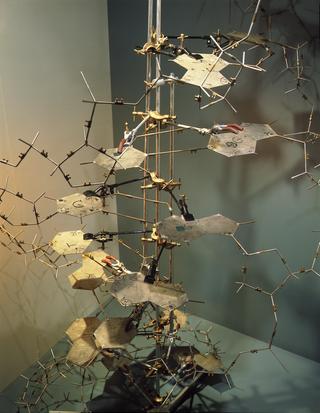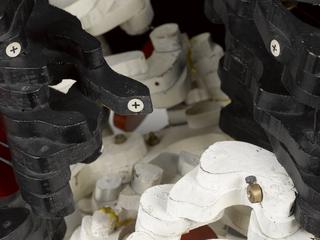








Solexa performance milestone (framed) celebrating Solexa's genome analysis system achieving 1 billion bases (1G) of high quality DNA sequence data in January 2007, signed by key individuals employed by Solexa, given to and donated by British chemist and co-founder of Solexa Professor Sir David Klenerman, Cambridge, 2023.
This framed certificate documents the success of a DNA sequencer called a Genome Analyser, that was made by the British company Solexa in 2006. It celebrates the fact the the Genome Analyser was able to sequence 1 billion bases (1G) of DNA, an impressive feat at that time. DNA sequencing allows scientists to read, understand, and compare genomic and genetic information, and DNA sequencers are instruments used to automate the DNA sequencing process.
British scientists Shankar Balasubramanian, and David Klenerman, at the University of Cambridge, developed a new technique to sequence DNA called ‘sequencing by synthesis’ (SBS) in the mid-1990s. They went on to co-found Solexa to develop the technology. This new way of sequencing DNA had a significant impact on how genomes could be affordably sequenced. This 1G sequencer could sequence a personal genome for about $100,000 in three months. Solexa was acquired by another leading genome sequencing company, Illumina, in early 2007.
Details
- Category:
- Biochemistry
- Object Number:
- 2024-292
- Materials:
- glass, paper (fibre product) and wood (unidentified)
- Measurements:
-
overall: 300 mm x 250 mm x 20 mm,
- type:
- framed certificate
- credit:
- Professor Sir David Klenerman




